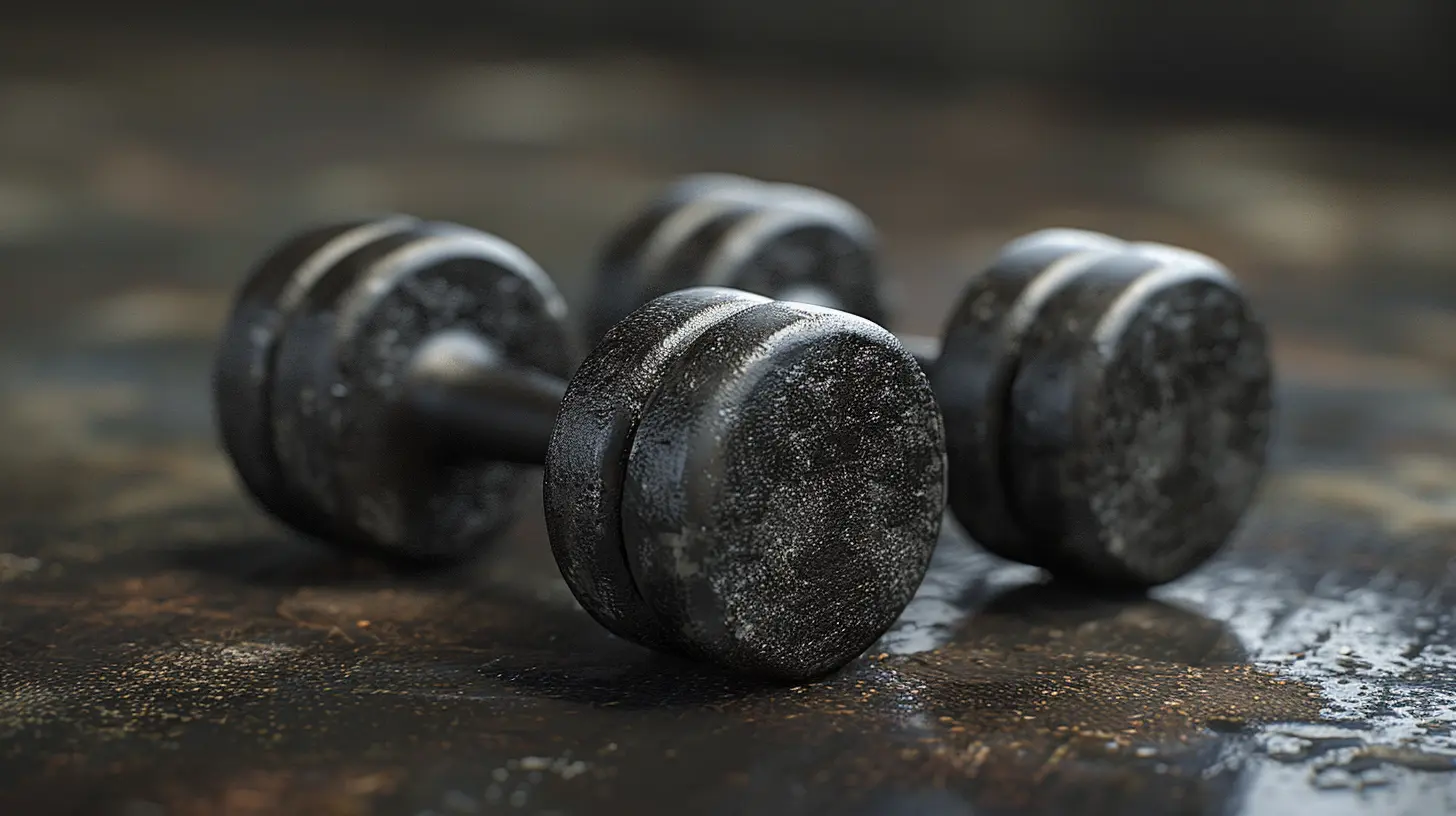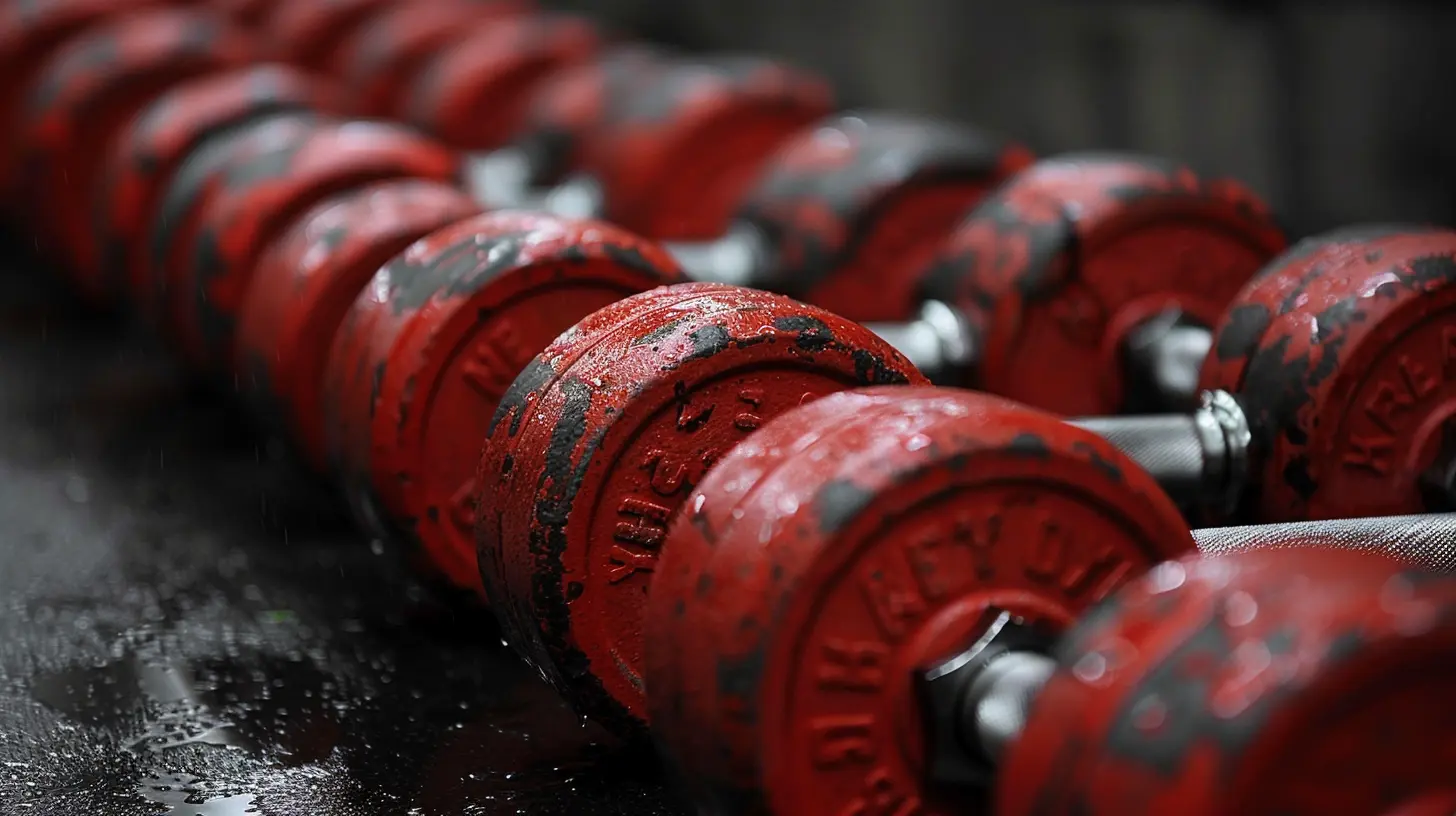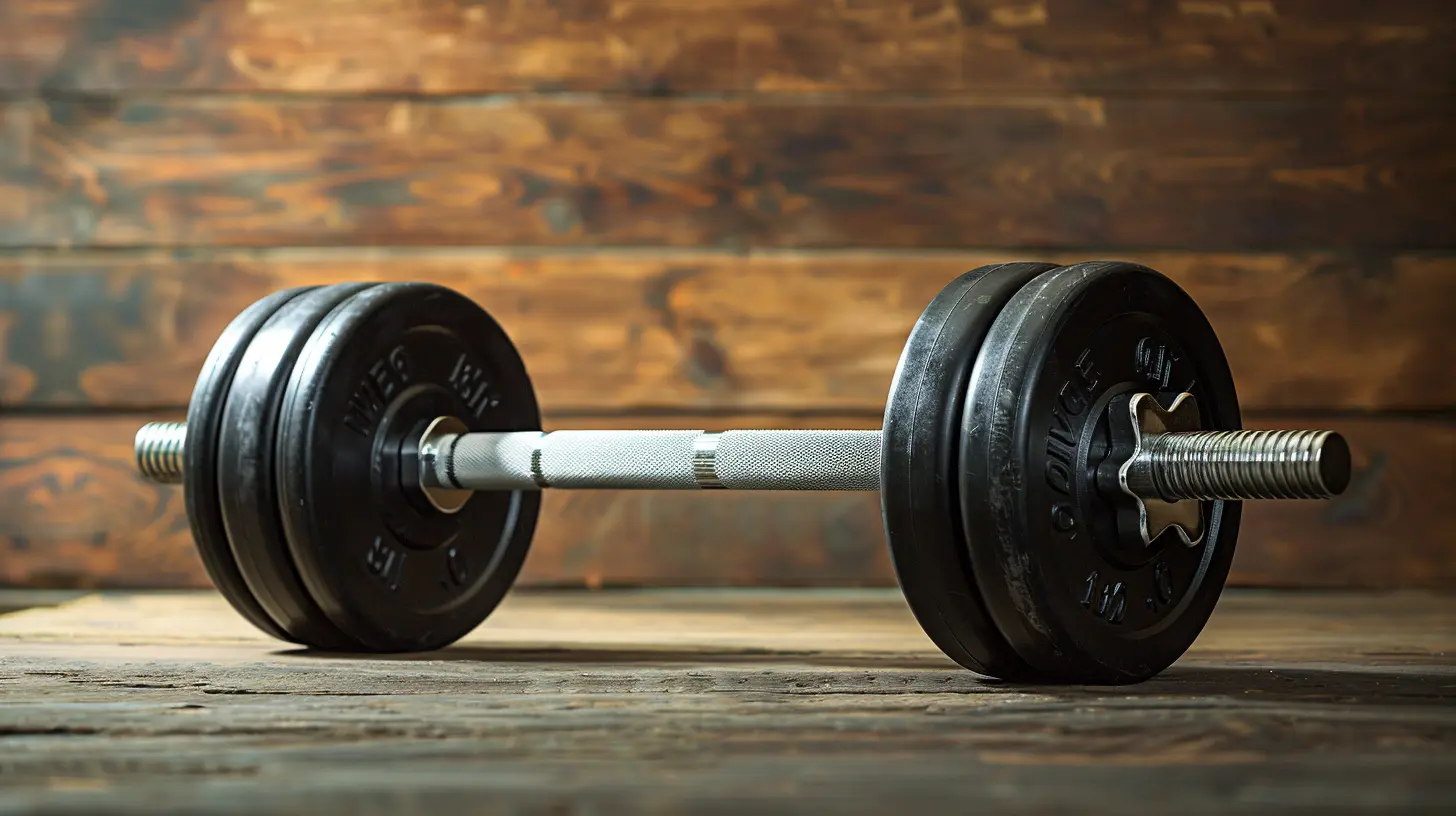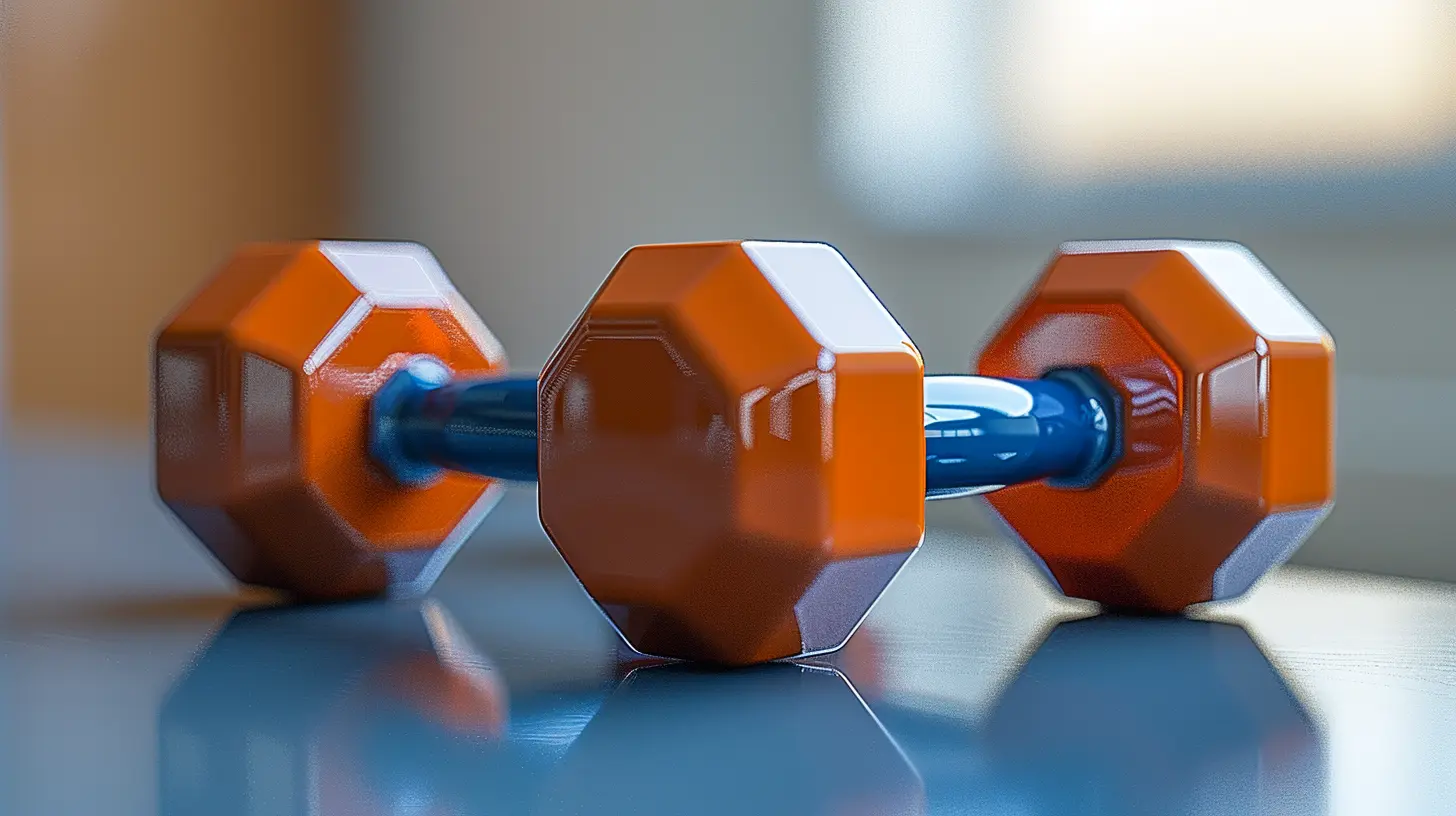The Importance of Rest and Recovery in Strength Training Success
4 September 2025
Look, we’ve all been there. You crush your workouts, feel strong, you’re hitting personal records left and right—and then boom! One day your body just isn’t having it. The weights feel heavier, your joints ache, and motivation tanks. So, what happened? Did you suddenly get weaker? Nope. Odds are, you're simply not giving yourself enough time to rest and recover.
Let’s be real: Rest and recovery might not sound as exciting as deadlifts, squats, or PRs, but they are absolutely essential to your long-term success in strength training. In fact, skipping proper recovery is like trying to drive a car with no gas. You can press the pedal all you want, but you won’t be going far.
In this article, we’re going to break down why rest and recovery are more than just "nice-to-haves"—they’re the unsung heroes of strength training. So grab a protein shake and let’s dive in.
What Is Rest and Recovery Anyway?
Before we get too deep, let’s clear the air: rest and recovery aren’t the same thing, though they go hand-in-hand.- Rest is basically time when you're not exercising. This includes sleep and days off from training.
- Recovery is everything your body does to repair itself. Think muscle rebuilding, reducing inflammation, restoring hormones, and replenishing energy stores.
Strength training causes micro-tears in your muscles. That’s normal—it's part of the muscle-building process. But the growth? That happens during recovery. Think of training as the spark and recovery as the fuel that keeps the fire burning.
Why Rest and Recovery Are Crucial for Strength Training
1. Muscle Growth Happens When You Rest
Here’s the truth people often overlook: You don’t get stronger in the gym—you get stronger when you rest. When you lift weights, you're actually breaking down muscle fibers. Your body responds by repairing those fibers to become bigger and more resilient.But without enough rest? That process gets interrupted. It’s like trying to build a house on crumbling foundation. You need that downtime for your body to do its thing.
2. Prevents Injury and Overtraining
Ever feel constantly sore, irritable, or tired all the time? That could be overtraining knocking at your door. It’s your body’s way of saying, “Hey, slow down!”Overtraining leads to nagging injuries, burnout, and even regression in performance. Skipping rest days can pile on the stress—physically and mentally. And let’s be honest, being sidelined with an injury is far worse than taking a scheduled rest day.
3. Boosts Performance and Gains
Here's a stat for you: Athletes who regularly incorporate recovery protocols—like sleep, nutrition, mobility work—tend to outperform those who don’t. Shocking? Not really.When you recover properly, you come back stronger. Simple as that. Your muscles are healed, your mind is clearer, and you’re ready to crush another PR. Think of it like recharging your batteries—you wouldn’t play a video game on 10% battery, right?
The Science Behind Recovery—Warning: Nerd Alert
Let’s drop a little science (don’t worry, we’ll keep it chill).When you strength train, your body’s nervous system kicks into high gear. Your sympathetic nervous system (aka the "fight or flight" mode) is in charge during heavy sets. Recovery? That’s all about the parasympathetic nervous system—"rest and digest" mode.
This switch needs to happen for your body to repair tissues, regulate hormones like testosterone and cortisol, and restore glycogen in your muscles. No recovery = no switch = no progress.
Also, growth hormone and testosterone—the big dogs of muscle growth—are mainly produced during deep sleep. So if you're skimping on rest, you're leaving gains on the table.
Types of Recovery You Should Be Using
Alright, so how do you actually recover the right way? Good news: it’s not just about lying on the couch (although sometimes that helps too).1. Sleep – Your #1 Recovery Tool
Let’s not sugarcoat it—if you're not sleeping 7–9 hours a night, you’re sabotaging yourself. Sleep is when the magic happens. Muscles repair, hormones regulate, and your brain resets.Pro tip: Prioritize quality over quantity. Turn off that late-night binge, keep your room cool and dark, and try to hit the hay at the same time every night.
2. Active Recovery – Move, But Don’t Go Hard
Think light cardio, stretching, yoga, or even a nice walk. These low-intensity activities increase blood flow, helping your muscles get nutrients and remove waste products like lactic acid.It’s like giving your body a mini spa day—gentle, but super effective.
3. Nutrition – Fuel the Recovery Process
You know the drill—protein helps rebuild muscle, carbs restore glycogen, and fats support hormone production.After a tough session, aim to eat a balanced meal with all three macros. And don’t forget hydration—your muscles are about 75% water. Dehydration = slow recovery.
4. Scheduled Rest Days
This isn’t being lazy—it’s being smart. Plan at least 1–2 full rest days per week, especially if you’re lifting heavy.You don’t grow when you train nonstop. You grow when you recover, so don’t treat rest like an optional extra.
5. Mobility Work and Stretching
Don’t wait until you’re stiff as a board to stretch. Regular foam rolling, dynamic warm-ups, and post-workout mobility can keep your joints healthy and your muscles happy.Plus, flexibility helps with lifting form, which reduces injury risk. Double win.
Signs You’re Not Recovering Enough
Sometimes your body tries to whisper—then scream—when it needs more rest. Watch out for these red flags:- Constant soreness that lingers for days
- Plateauing or losing strength
- Poor sleep quality
- Mood swings or irritability
- Getting sick more often
- Lack of motivation to train
- Increased injuries or nagging pain
If you nodded to more than one of these, it might be time to rethink your recovery game.
Balancing Training and Recovery — The Sweet Spot
Here’s where a lot of people mess up: They think more is always better. More lifting, more sets, more days—until they hit a wall.Instead, aim for this balance:
- 3–5 strength sessions per week depending on your level
- 1–2 days of active recovery (light movement)
- 1–2 full rest days
- Prioritize sleep and nutrition every single day
It’s not about doing more; it’s about doing smarter. You want sustainability, not a burnout crash.
Recovery Isn’t Weak—It’s Strategic
Let’s kill the macho mindset that rest is for the weak. That’s outdated thinking. The strongest athletes in the world have regimented recovery routines. Why? Because they understand that grinding 24/7 leads to burnout, not greatness.Recovery is what separates the weekend warriors from the lifters who stick with it for years. You’re building a body, not just for summer, but for life. Think big picture.
Tips to Supercharge Your Recovery Game
Want to be the recovery boss? Here are some simple but effective strategies:- Use a foam roller daily (even 10 minutes can help)
- Try contrast showers (hot/cold water to improve circulation)
- Get regular massages (or use massage guns)
- Take naps if your night sleep sucks
- Supplement smartly (think magnesium, omega-3s, or electrolytes)
- Practice mindfulness or breathing exercises to reduce stress
And most importantly? Listen to your body. If it’s screaming for a break, give it one.
Final Thoughts
Let’s keep it real—rest and recovery aren’t glamorous. You won’t be flexing your foam roller on social media. But the results? They show up in every lift, every session, every goal you crush down the road.So, if you’re serious about getting stronger, building muscle, and staying in the game long-term, stop glorifying hustle and start respecting recovery. Rest isn’t the enemy of progress—it’s the secret weapon most people overlook.
Remember, strength training is a marathon, not a sprint. Take care of your body, and it’ll return the favor tenfold.
Now go ahead, schedule that rest day. You’ve earned it.
all images in this post were generated using AI tools
Category:
Strength TrainingAuthor:

Everett Davis
Discussion
rate this article
1 comments
Dorothy Bell
Rest days are like cheat days for your muscles—essential for growth! Skip them, and you might as well be lifting paper weights. Get it together!
September 16, 2025 at 4:56 AM

Everett Davis
Absolutely! Rest days are crucial for muscle recovery and growth; they allow your body to repair and strengthen. Skipping them can hinder your progress. Thanks for the reminder!


